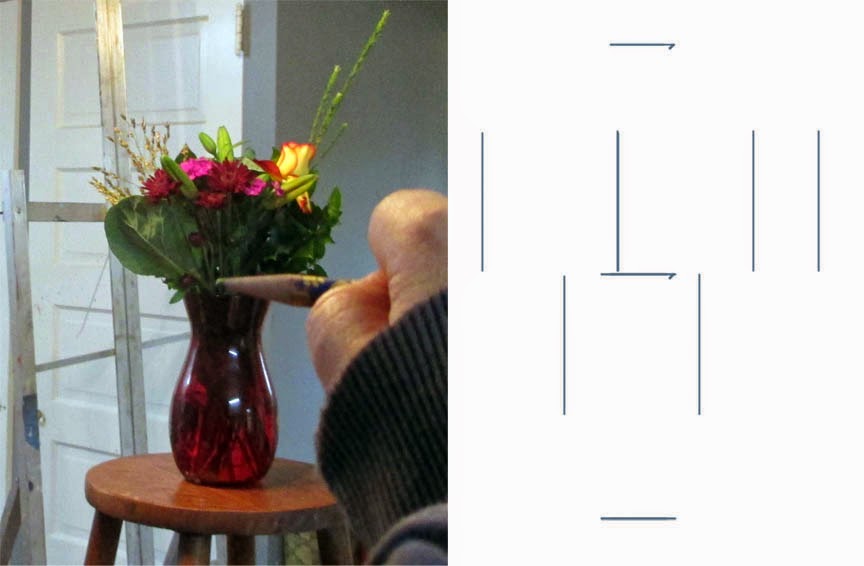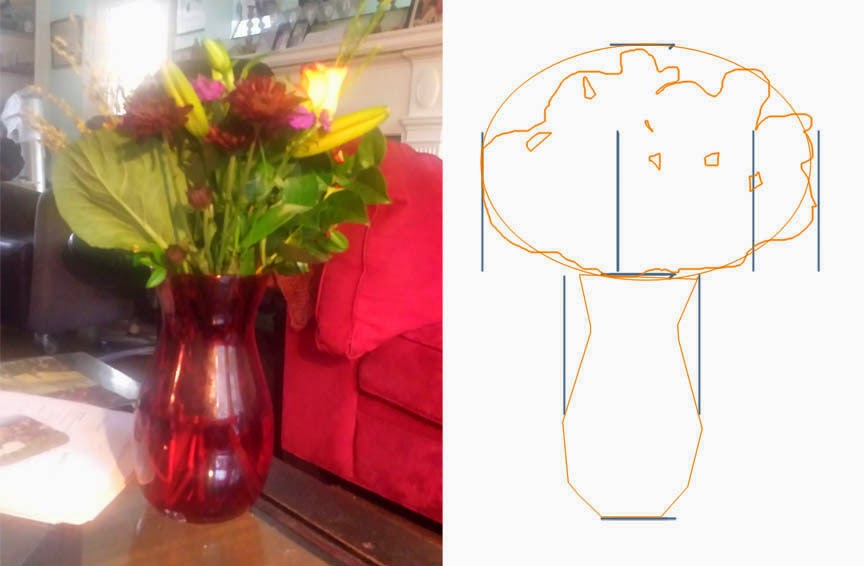 |
| End Times Deliverance Church, Rochester, NY, by little ol’ me. |
A few years ago, I
wrote about painting the old Corn Hill Methodist Episcopal Church. I’d learned a little of its history by talking to passers-by and looked up a little more online, and I thought I’d go back and do a more complete painting another day. Like most of my ideas, it faded into the woodwork.
 |
| Corn Hill Methodist Episcopal Church in its glory days. |
This week, historian Emily Morry
wrote about the building in the Rochester Democrat & Chronicle’s
Retrofitting Rochester column. The graphic is one of those fascinating “then and now” sliders. It is the first time I’ve seen what the church looked like in its glory days. It was built of red Medina sandstone in the Romanesque Revival style. It was massive, squat and imposing; in fact it looked a lot like my own childhood church in Buffalo,
Delaware Baptist Church.
As a long-time churchgoer, I know how precious and rare the truly desegregated church is. We cling to the “faith of our fathers,” but one unanticipated legacy is that we worship with people who look and sound the same as us. Several years ago, that started to be a problem for my family, which is how we ended up at
Joy Community Church on North Goodman.
 |
| And as it stands today. |
So I was amazed to read that Corn Hill Methodist was an early mover in trying to break the race boundaries in church:
Beginning in the 1950s, the ministry made a concerted effort to develop an interracial congregation to better serve its changing community. The campaign cost the institution some parishioners, but as Reverend G. Kenneth Tuttle remarked in 1959, those that chose to continue with the denomination “are spiritually stronger,” adding that, ““segregation is not a true expression of Christian fellowship.”
Seeking to meet both the spiritual and social needs of Corn Hill residents, the institution partnered with the Mount Olivet Baptist Church to run an annual interracial summer program for black and white youth. Further dedicating itself to the cause of civil rights, the church invited Malcolm X to speak in 1965. (Emily Morry)
That would be the last speech Malcolm X ever gave; he was assassinated five days later.
All of which makes the fate of the old church even more suspect. The original congregants, unable to make a go of it in the rapidly-changing neighborhood, gave the building to the Corn Hill A.M.E. Zion church in 1969. Shortly thereafter, the building suffered a series of fires, the last of which destroyed the main sanctuary. The new congregation, restricted by finances, put up the modest frame sanctuary that is there today.
 |
| The empty bell-tower. |
In the 1960s, the United States was galvanized by a series of race riots, set off by President Lyndon Baines Johnson signing the Civil Rights Act in July, 1964. Among the very earliest was one in Rochester, just a few weeks after the signing. Racial tension was very high. While the blame for those fires has never been established, in the context they seem very suspicious.
But fifty years later, there is still a church on that site. The mainline congregations of my youth are in decline, replaced by evangelical churches. And these evangelical churches—unrestricted by tradition—are far more integrated than the historic church. God is never the author of evil, but he can work in the ashes.
Message me if you want information about next year’s classes and workshops.






























